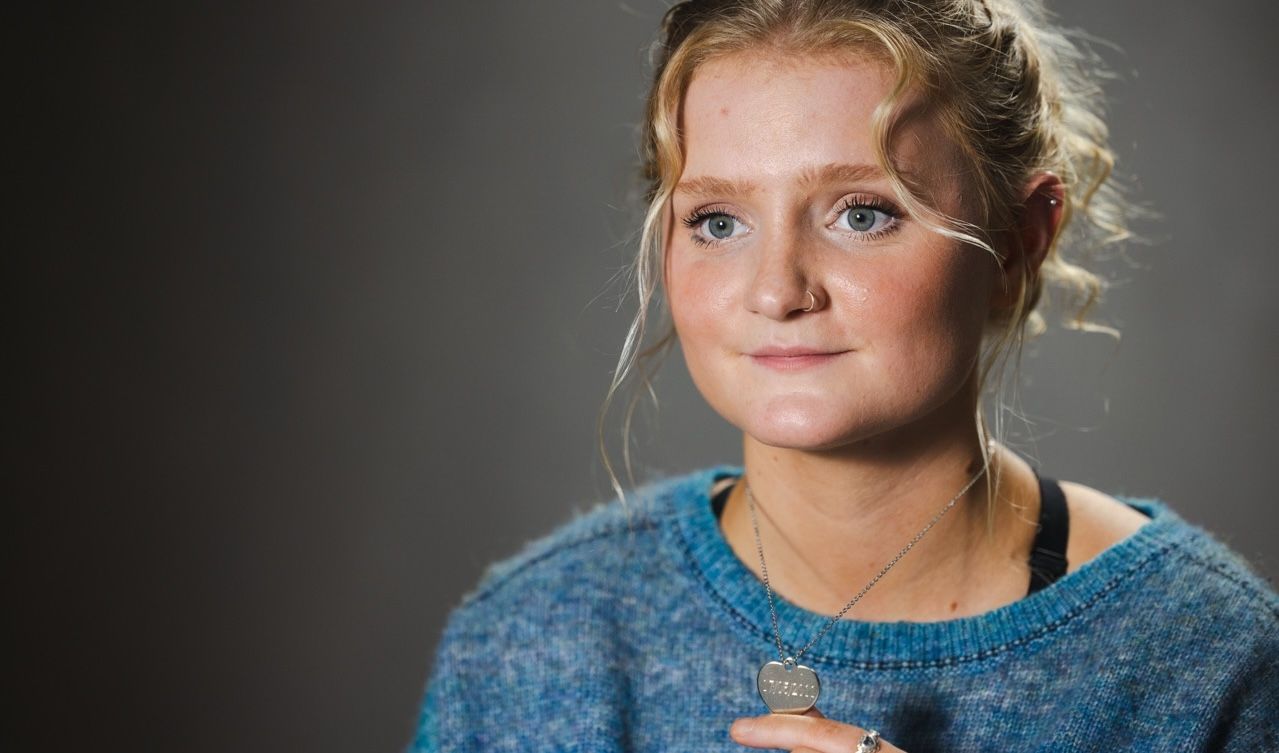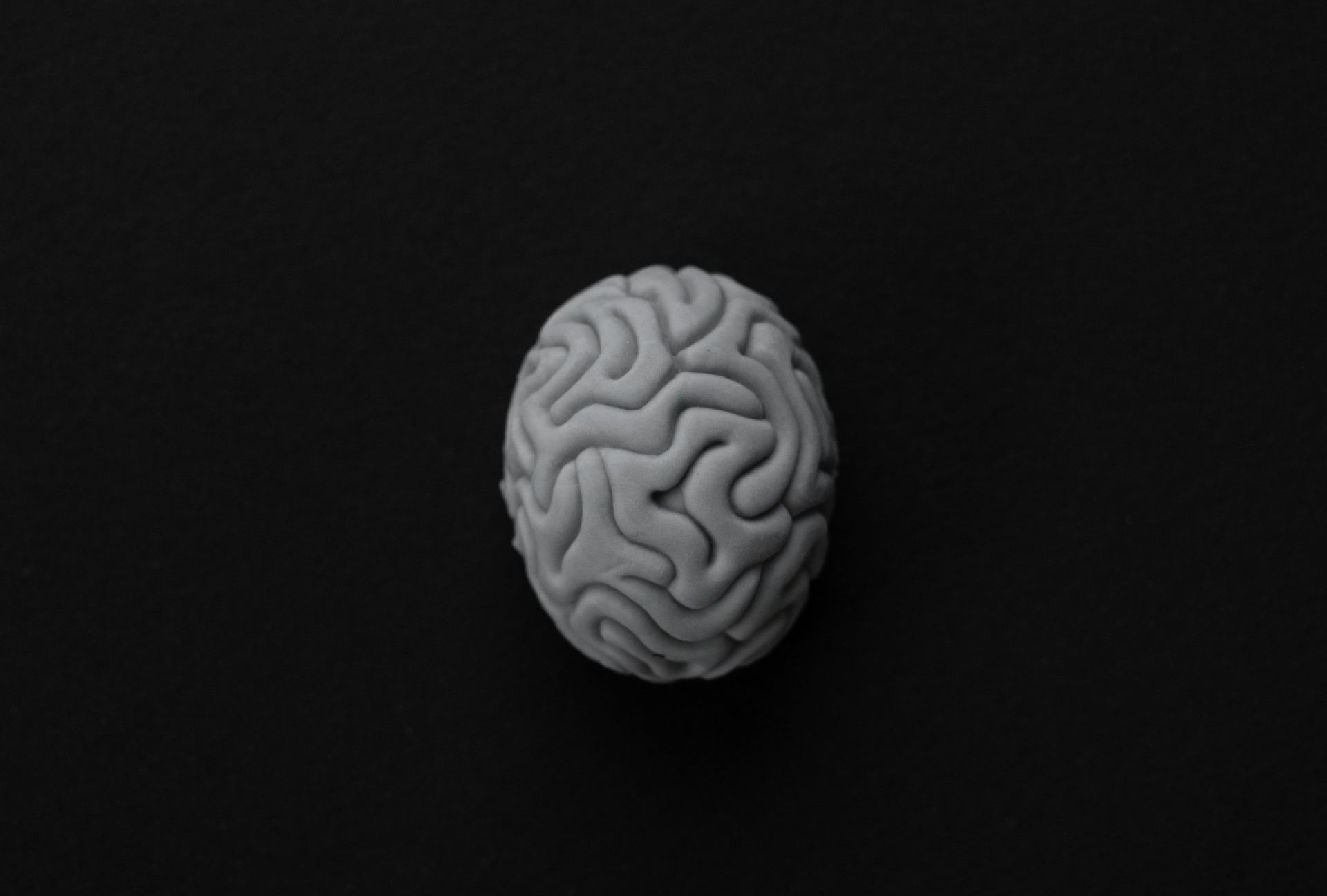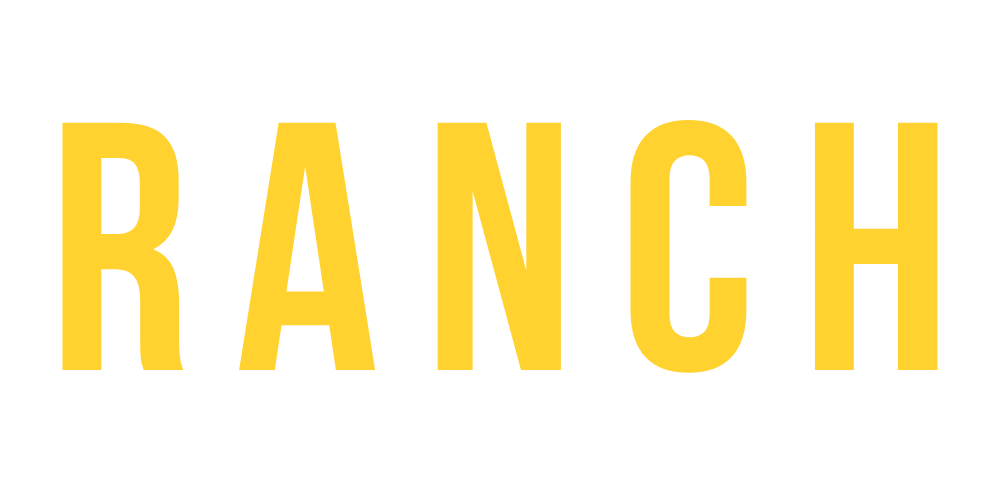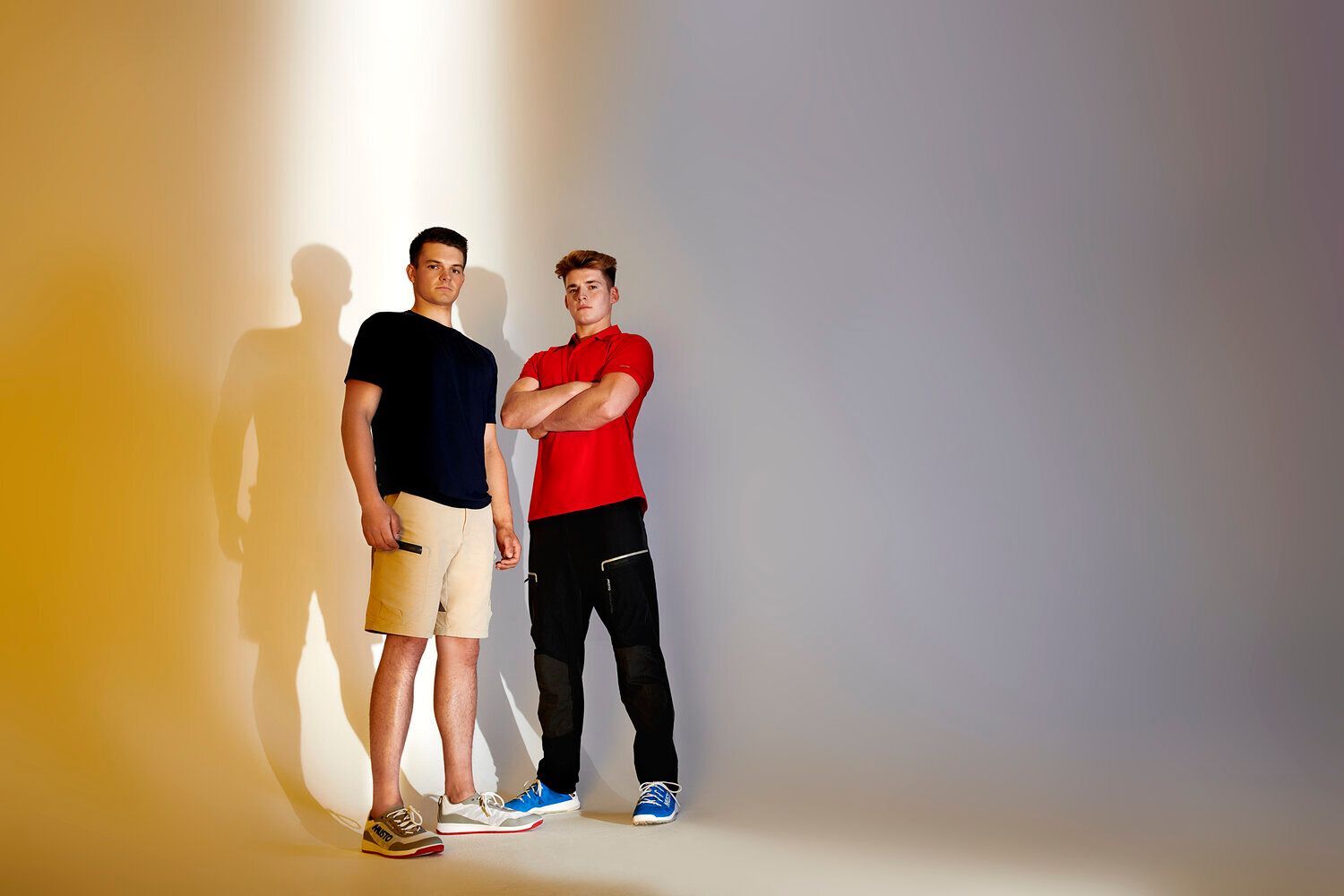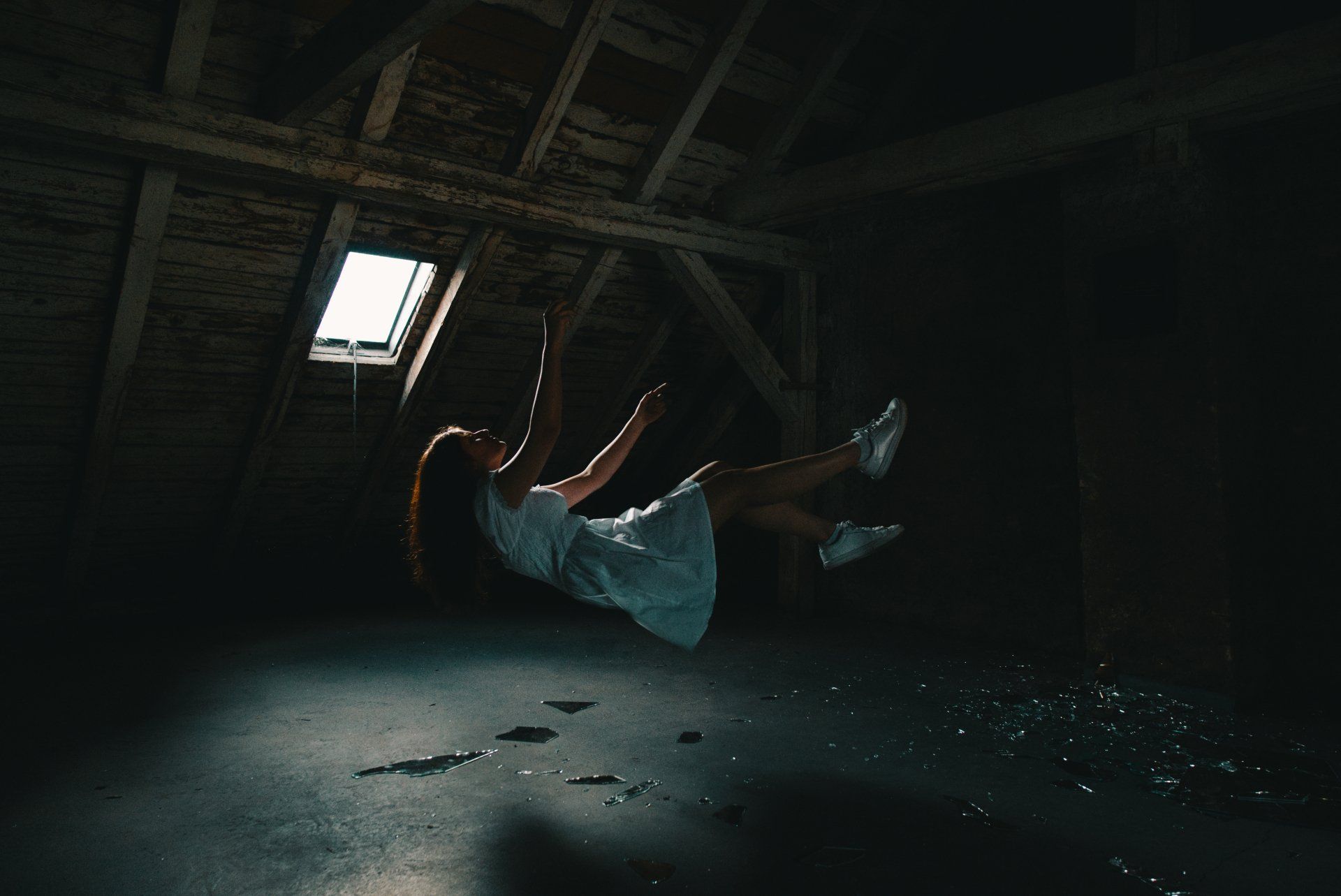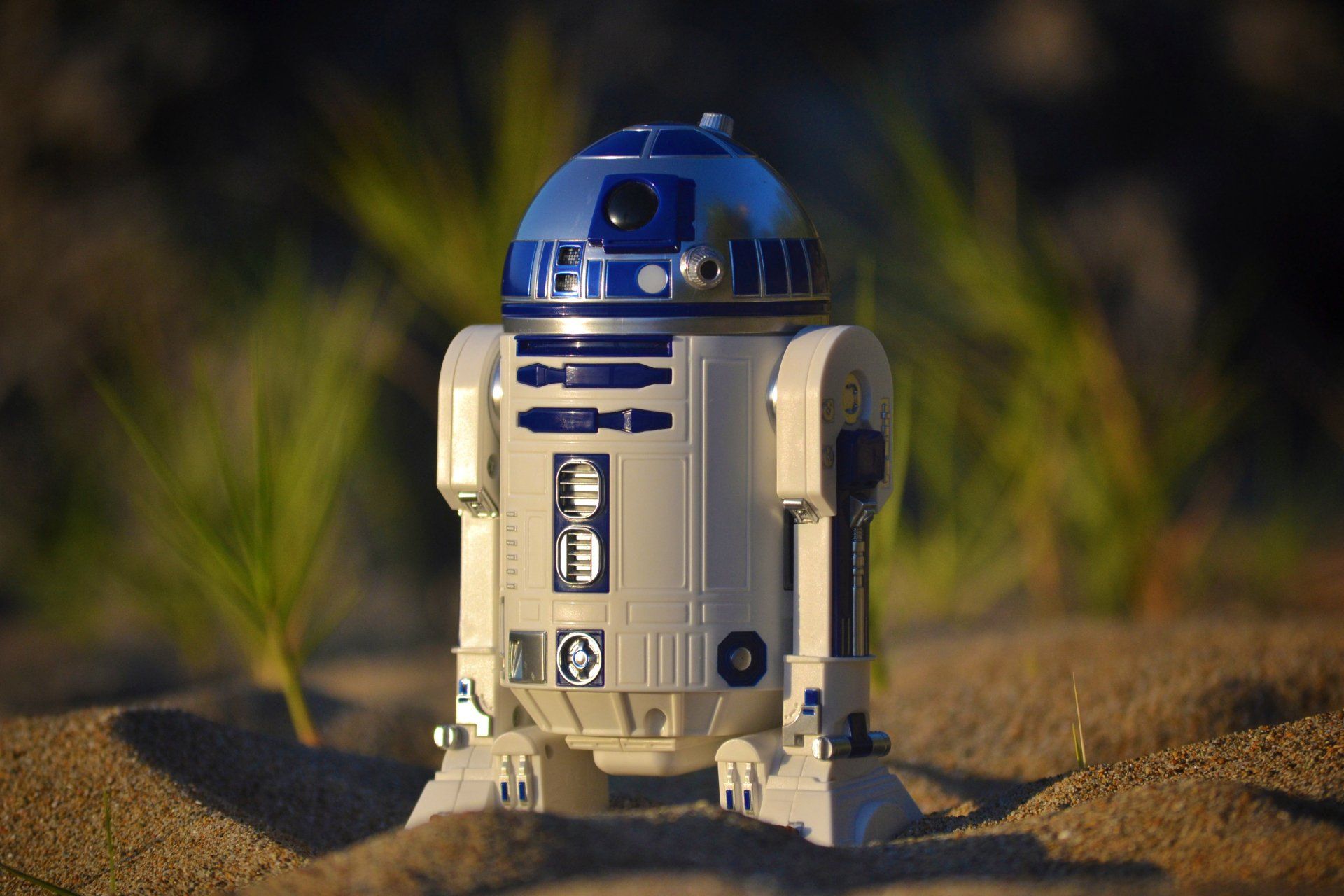The Intersection of Technology and Creativity: Balancing Innovation and Artistry in the Digital Age
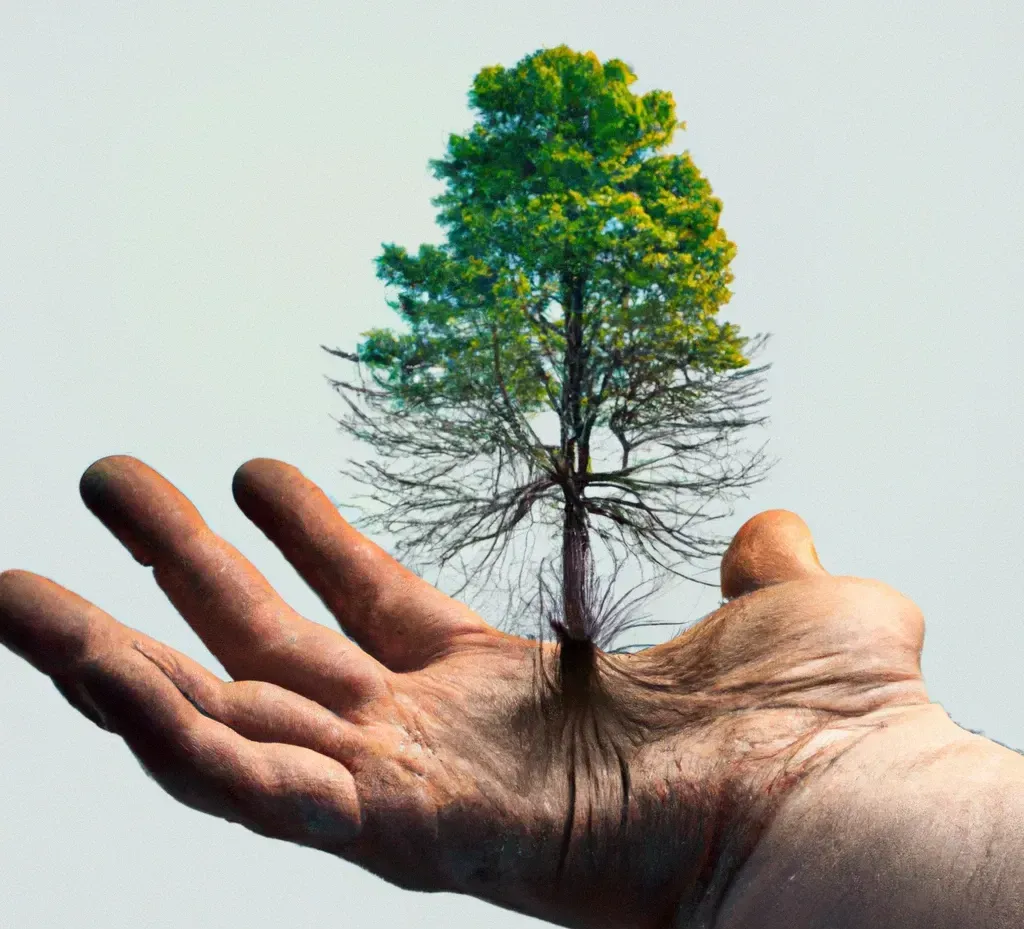
In today's world, technology is changing the creative industry at a rapid pace. From the use of AI to the potential for quantum computing, there are many ways in which technology can revolutionise the creative process. However, the question remains: how can we balance innovation and artistry to create something truly unique and meaningful?
AI and Creativity
One of the most exciting developments in technology and creativity is artificial intelligence (AI). AI has the potential to transform the creative process in many ways, from generating new ideas to automating repetitive tasks.
AI can help creatives with new ideas by exploring vast amounts of data and identifying patterns and trends that humans may not. For example, AI can interpret social media data to identify popular topics and trends, which informs content creation.
AI can also automate repetitive tasks such as image editing, freeing up creatives to focus on more high-level tasks. For example, an AI-powered image editor can automatically remove the background from an image or adjust the lighting, saving time and effort.
However, some argue that AI will never be able to replace human creativity. While AI may be able to generate new ideas and automate tasks, it lacks the emotional intelligence and intuition that human creatives possess. The value of AI lies in its ability to augment human creativity, providing insights and tools that can help creatives enhance their output.
Quantum Computing and Creativity
Another technology with the potential to revolutionise the creative process is quantum computing. Quantum computing is a type of computing that uses quantum-mechanical phenomena, such as superposition and entanglement, to perform operations on data.
Quantum computing has the potential to solve problems that are currently beyond the capabilities of classical computers. For example, quantum computers could simulate complex chemical reactions or optimise logistical systems.
In the creative industry, quantum computing could create new styles of art and music beyond the capabilities of current computing systems. For example, quantum computers could generate complex fractal patterns or create music that incorporates elements of quantum randomness.
However, quantum computing is still in its infancy, and it will likely be some time before it is widely available. In the meantime, creatives can experiment with alternate technologies such as AI and machine learning to explore new creative possibilities.
Balancing Innovation and Artistry
While technology can provide powerful tools for creatives, it is vital not to let it overshadow the importance of artistry and creativity. Technology should augment and enhance human creativity, not replace it.
To strike a balance between innovation and artistry, creatives should focus on the following:
- Embrace technology: Creatives should be open to new technologies and explore their potential to enhance their work.
- Maintain a human touch: While technology can automate many tasks, it is important to maintain a human touch in the creative process. Creatives should focus on the emotional impact of their work and strive to create something that resonates with their audience.
- Experiment and take risks: Creatives should be willing to experiment and take risks, using technology to push the boundaries of what is possible.
- Collaborate: Collaboration between creatives and technologists can lead to new and exciting possibilities. By working together, creatives can leverage the strengths of technology to create something truly unique.
The intersection of technology and creativity is an exciting and rapidly evolving field. AI and quantum computing have the potential to transform the creative industry, allowing us to push the boundaries of what's possible. However, we must also be mindful of the potential drawbacks and ethical concerns surrounding these technologies. By balancing innovation and artistry and embracing collaboration, we can create works that are both innovative and creative, pushing the boundaries of what's possible.
